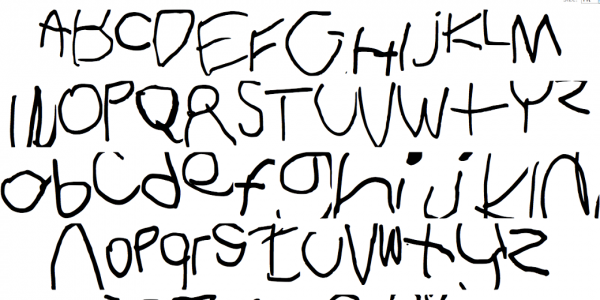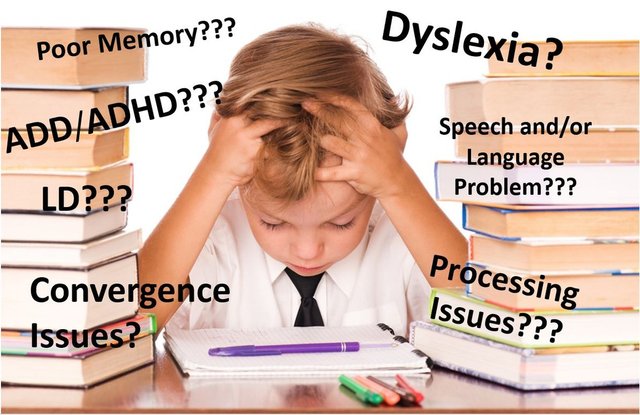Learning Disability :A common developmental Disability
What is learning disability?
According to Kirk's definition (1962), a learning disability refers to a retardation, disorder, or delayed development in one or more of the processes of speech, language, reading, writing, arithmetic, or other school subject resulting from a psychological handicap caused by a positive cerebral dysfunction and/or behavior disturbances. It is not the result of mental retardation, sensory deprivation, or actual instructional factors.
In Bateman's definition (1965), children who have learning disorders are those who manifest an educationally significant discrepancy between their estimated intellectual potential and actual level of performance related to basic disorders in the learning process which may or may not be accompanied by demonstrable central nervous system dysfunction, and which are not secondary to generalized metal retardation, educational or cultural deprivation, severe emotional disturbance, or sensory loss.
And in accordance to the NATIONAL JOINT COMMITTEE ON LEARNING DISABILITIES' REVISED DEFINITION(1988)"Learning disabilities is a general term that refers to a heterogenous group of disorders manifested by significant difficulties in the acquisition and use of listening, speaking, reading, writing, reasoning or mathematical abilities.These disorders are intrinsic to the individual, presumed to be due to central nervous dysfunction, and may occur across life span.Problems in self-regulatory behavior, social perception, and social interaction may exist with learning disabilities that do not by themselves constitute a learning disability.Although learning disabilities may occur concomitantly with other handicapping conditions(for example, sensory impairment, mental retardation, serious emotional disturbance) or with extrinsic influence(such as cultural differences, insufficient or inappropriate instruction), they are not he result of those conditions or influences."
There are three factors which highlight significant dimensions of learning disability:
achievement-intelligence discrepancy
Ruling out other handicaps
Central nervous dysfunction
Types of Learning Disability
DYSLEXIA
-a disturbance in the ability to learn and the inability to learn to read in particular.

Image Source
DYSGRAPHIA
-a partial inabilty to write which is due to visual-motor integration disorder that interferes with the memory and execution of motor patterns needed to write or copy letters, words and numbers.
DYSCALCULIA
-a disturbed function to perform calculations.
What causes learning disability?
PHYSIOLOGICAL CAUSES
*Neurological damage
*Genetic factors
- Prenatal causes
*Perinatal causes
*Postnatal causes
CURRICULUM CONTRIBUTORS
*Unskilled and untrained professionals
*Inappropriate teaching method
*Poor instructional materials
*Lack of motivational practices
*Narrow curriculum content
*Inappropriate material
ENVIRONMENTAL FACTORS
*Nutrition, health and safety
*Sensory stimulation
*Language stimulation
*Emotional and social development

Very informative post! I never knew there were different kinds of learning disorders. All I knew was dyslexia. Thank you for sharing
Learning Lisability has 9 specific learning disabilities in which include ; dyslexia,dysgraphia and dyscalculia.
Your always welcome..